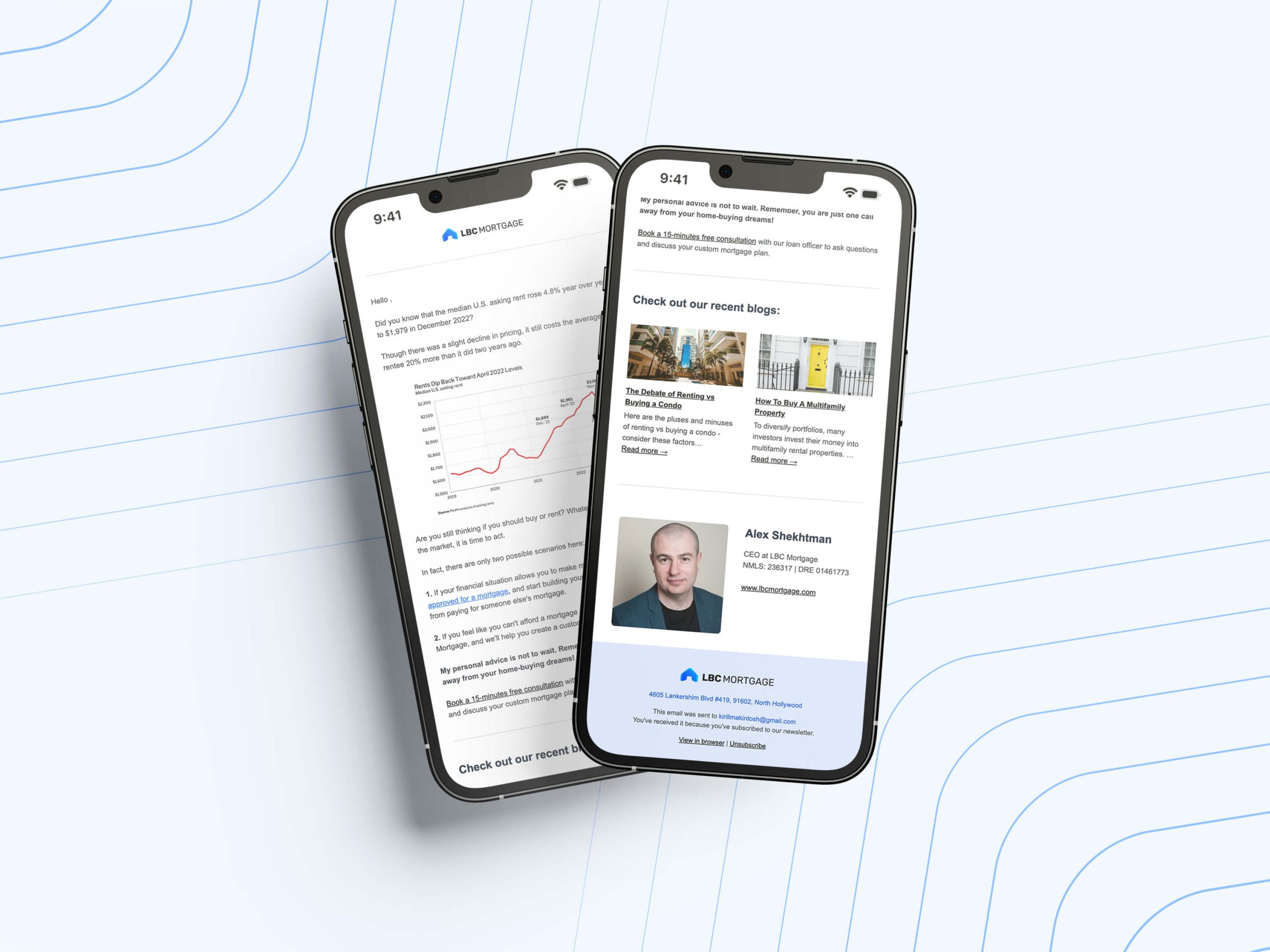The US market experienced strong pricing moments after the pandemic rose in 2022. With the hike in interest rates by the Federal Reserve, we saw US mortgages raise their rates above 6.74% by March 23, 2024. So, how much is my home worth rocket mortgage? A big chunk of the sales emerged in spring, and it took a hit on homes’ demand as consumers started to shy away, leading to a fall in sales. Productive associations felt competition in offering more affordable prices when potential customers, having lower confidence, diminished.
The Economics of Home Building
While higher mortgage rates tend to dampen homebuyer demand, builders face their own economic pressures that make lowering prices difficult. Construction costs skyrocketed in 2022, with some estimates showing an eye-popping 14.1% year-over-year increase due to:
- Persistent inflation is driving up material and labor expenses.
- Supply chain bottlenecks restrict access to key building resources.
- Skilled labor shortages amid a booming construction market
Fortunately, the rate of construction cost growth appears to be decelerating, with 2023 estimates in the 4% range and projections for 2024 landing between 3-6%. However, these lingering elevated costs erode builders’ profit margins, disincentivizing them from cutting prices.
On the buyer side, current mortgage rates have a well-documented impact on home purchasing power and sales volumes. Freddie Mac’s data illustrates this clearly: in the early 1990s, when rates crested 8%, existing home sales dipped by over 10% year-over-year. While 2023’s rate spike didn’t spark a similar freefall, it did contribute to a noticeable market cooldown.
The mechanics are simple: as rates rise, the same monthly budget can afford a less expensive home. To illustrate, a buyer able to pay $2,000 per month could afford:
- A $440,000 home at a 4% interest rate
- But only a $330,000 home at 7% interest
So while elevated rates suppress purchasing power for some, the impact varies. Factors like household income, existing home equity, and local market dynamics shape each buyer’s sensitivity to fluctuating rates.
Market demand and inventory levels
Amidst cooling buyer demand, a persistent housing shortage keeps inventory levels tight, enabling home builders to maintain higher price points. According to the National Association of Realtors, existing home inventory in December 2023 was just 714,176 listings nationwide, down a staggering 30.5% from 1.03 million in December 2019 before the pandemic.
This supply-demand imbalance contributed to Zillow’s Q4 2023 data showing the U.S. median existing home sales price reaching $407,600, up 14.1% year-over-year. While moderating from 2022’s feverish appreciation, price growth remains elevated. Demographic shifts also intensify housing pressures. Pew Research estimates the Millennial generation at 83.1 million strong, ensuring a consistent pipeline of new buyers.
Moreover, domestic migration patterns concentrate demand in high-growth markets like the Sun Belt. United Van Lines’ 2023 report revealed Florida received 23.6% of all inbound migration, straining local inventories. Limited lots and skilled labor shortages further constrain new residential construction.
Beyond organic demand, real estate remains an attractive asset class for speculative investment, both domestic and international. Wealthy individuals and institutional funds park capital in U.S. housing due to its global status as a safe haven and consistent store of value. This inflow of capital exerts upward pricing pressure, even amid soft resale conditions.
So while more balanced supply and demand would theoretically depress home values, today’s unique convergence of tight inventory, demographic forces, and investment appetite gives builders significant pricing power to contend with higher costs.
Home Builders’ Strategies and Long-Term Views
Despite headwinds from higher borrowing costs, many home builders buying down interest rate and taking a long-term view and a strategic approach to pricing. Rather than drastically slashing prices, their strategies include:
- Releasing limited inventory in new phases to maintain pricing power
- Offering incentives like rate buydowns or free upgrades to lure buyers
- Focusing on more affordable product lines and entry-level homes
- Slowing their construction pace to better align with softening demand
- Purchasing land at discounts in preparation for the next up-cycle
Home builders have become accustomed to frequent housing cycles. The underlying belief is that by managing growth intelligently and avoiding reactive price cuts, they can ride out temporary volatility in a fundamentally supply-constrained market.
When will mortgage rates go down? Their pricing reflects a calculated effort to:
- Offset higher construction costs with the biggest markup possible.
- Preserve margins, profitability, and shareholder value.
- Build a “pipeline” of buyers for when conditions improve.
- Compete for the limited pool of qualified buyers still in the market.
Essentially, builders make a trade-off between maximizing near-term sales volume and maintaining pricing integrity. Given their significant fixed costs, most have opted for the latter. This protracted pricing power stems from their assessment of key housing market dynamics:
- Chronic supply deficit amidst rising Millennial demand
- Institutional investors treat housing as an attractive asset class.
- Migration trends are concentrating buyers in high-growth regions.
- Limited developable land is available in major metro areas.
How much is my home worth rocket mortgage? While many analysts argue prices should realign with diminished demand, most public builders remain steadfastly optimistic that demographic forces and inventory scarcity will extend their pricing power.
Seek professional guidance
The housing market’s complexities require discerning analysis. For any individual situation regarding mortgage rates, buying, selling, or investing in real estate, it’s advisable to consult licensed professionals. Realtors, lenders, and financial advisors can provide personalized insights based on your specific circumstances and goals.
